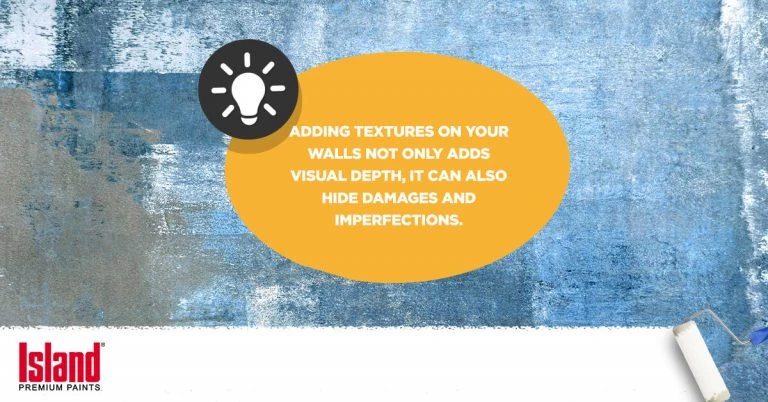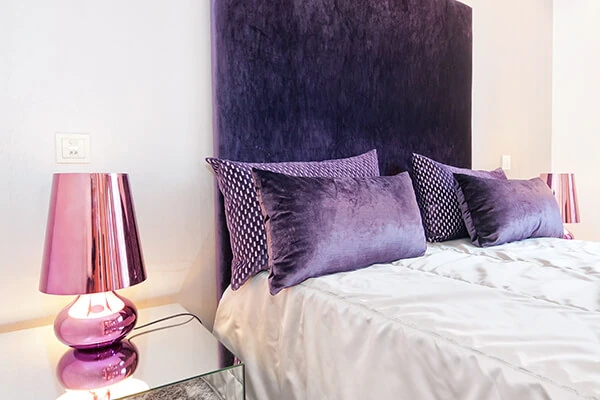Home Decorating Tips


Home Decorating Tips
How You Can Pull Off a Natural Swimming Pool
Posted on February 22, 2024
Last updated October 6, 2025
Picture this: crystal-clear water under the sunlight, lush greenery, and the gentle hum of nature filling the air. That’s the beauty of a natural swimming pool, a stunning addition that can seamlessly blend into your home’s landscape.
If you’ve ever dreamt of having your own water oasis in your backyard, you’re in luck. We’ll walk you through everything about natural swimming pool construction, from the basics to the finer details. Get ready to take your home’s natural beauty to the next level!
What are Natural Swimming Pools?
Ever wondered how a chlorine-free pool can deliver a swimming experience that meets your community’s bathing water standards? Natural swimming pools rely on a clever combination of filtration and water circulation to do the job. These pools are designed with walls or membranes that act as barriers against soil and silt, and they can either be newly constructed or transformed from existing in-ground pool systems
Here’s how they work:
- Biological Filters: Natural swimming pools utilize biological filters, like natural shale (which is a soft, brittle, fine-grained, and easily eroded sedimentary rock formed from mud), to absorb phosphates and encourage the growth of beneficial bacteria that consume harmful algae and bacteria.
- The Regeneration Zone: Adjacent to the primary swimming area, you can create a regeneration zone filled with aquatic plants. These plants act as natural water filters. The water continuously circulates in and out of this plant zone, aided by a specialized pump or skimmer system.
This perpetual motion ensures that undesirable organic matter doesn’t accumulate. Use skimmers with a small pump to remove floating debris like leaves and seeds, especially if your pool is near trees or shrubs. - Hydroponic Plants: In regions with tropical climates like here in the Philippines, natural pools may incorporate filter materials directly into the pool. Hydroponic plants not only contribute to the filtration process but also add an attractive visual element to the pool.
- Underwater Aeration: Enhance oxygen levels with underwater aeration, a more energy-efficient alternative to waterfalls. You can build your own aerator using a 1/4-horsepower air compressor and high-strength tubing. Place a diffuser in the pool’s deepest part to release bubbles that oxygenate the water. Aerate your pool for four to eight hours a day, focusing on morning and evening when oxygen demand is highest.
- Electrical Safety: Installing pumps and compressors requires caution. Hire a qualified electrician to connect the electrical components safely to your home’s power supply via a buried conduit. Avoid using extension cords for this purpose.
How Much will a Natural Pool Cost?
The cost of a typical natural swimming pool, featuring a 30′ by 20′ swimming area, usually falls anywhere from ₱12.50 to ₱5,650 per square foot of your natural pool, depending on your preferences and location
Disclaimer: The material prices given are rough estimates and may fluctuate due to factors like location, weather conditions, accessibility, and the availability of materials.
Base Materials
When building a natural swimming pool, the typical material costs are as follows:
- Concrete: ₱2,750 to ₱3,500 per square foot. Concrete is a durable and common material choice for natural swimming pools, suitable for constructing decks and stairs.
- Crushed gravel: ₱50 to ₱100 per square foot. Crushed gravel is often used as a base in natural pools to protect pipes and tubing. It is cost-effective but may not be ideal for those with sensitive feet.
- Natural pool liner: ₱12.50 to ₱60 per square foot. Pool liners are the most affordable choice for natural swimming pools. Keep in mind that they need replacement approximately every 10 years.
- Fiberglass: ₱5,000 to ₱5,650 per square foot. Fiberglass pools are visually appealing, low-maintenance, and resistant to algae growth. However, they are the most expensive material option.
Labor Cost
Most pool professionals charge at least ₱800 per hour, since constructing natural pools takes around two to three months.
Excavation Cost
Excavating an inground natural pool can cost anywhere from ₱25,000 to ₱250,000, depending on your yard’s terrain. If your backyard is challenging to dig due to rocks or other obstacles, blasting may be necessary, which can add an extra expense ranging from ₱30,000 to ₱360,000.
How to Build Natural Swimming Pools
Creating a natural swimming pool involves several steps. Here’s a simplified step-by-step process:
- Design and Planning:
Work with a professional pool designer or architect to create a detailed plan for your pool. Consider the pool’s shape, size, depth, and features. Choose the style of natural pool that best suits your preferences and needs. You have the option to go for an in-ground or above-ground pool. Decide if you want a traditional pool or a more decorative pond-like pool. - Excavation:
Creating a swimming pool in an eco-friendly way is simpler than you might think. All you need to do is remove soil and rocks to create the pool’s basin. You get to choose how deep you want your pool to be, but it’s essential to make sure the sides slope gradually.
Think of it like a gently curving soup bowl rather than a steep-sided bathtub. This approach eliminates the need for a steel framework commonly found in traditional pools, which keeps the walls straight up and down. With sloping sides, you’ll enjoy a natural and wallet-friendly pool experience. - Construction and Landscaping:
Build the pool walls using materials like concrete, bentonite clay, or liners. Add a layer of crushed gravel to protect pipes and tubing. Install the circulation system, including pumps and filters. As mentioned earlier, you need to set up underwater aeration for oxygenation. Use a diffuser in the pool’s deepest part to release oxygen bubbles.
If you are looking for a waterproofing liner for your pool try Concretobond Underlay Waterproofing Membrane 3001. It is a versatile concrete waterproofing solution formulated with a water-based acrylic polymer. It can be combined with powder aggregate containing Portland Cement, to create a robust coating with qualities such as high tensile strength, flexibility, minimal shrinkage, and excellent water-tight protection. The application is user-friendly, employing a brush or roller for a smooth, flat finish. Packaged conveniently, the Concretobond Membrane Liquid comes in a 4 L plastic container, and the Concretobond Powder Mix 300PM is available in a 3.50 kg plastic bag.
Lastly, surround the pool with landscaping and decorative elements. Ensure the pool area blends seamlessly with your backyard. - Finishing with Paint:
Before applying paint, thorough surface preparation is necessary. This involves meticulous cleaning to remove debris, dirt, and algae. Select the appropriate type of swimming pool paint, and while at it, here are coating products you can try:
- Primer: Transpoxy Masterbond 4.67 is a top-notch high solids primer/coating designed for superior anticorrosive performance even in harsh corrosive environments. This product stands out with its enhanced tolerance to damp substrates, making it a reliable choice at temperatures as low as 0°C.
Transpoxy Masterbond 4.67 sticks really well! For a number of reasons, this primer is essential for swimming pools. It offers a strong, chemical-resistant base that helps shield the pool surface from rust, water damage, and deterioration. Additionally, it improves the adhesion of subsequent coatings, extending the overall life of the pool finish. They also protect harsh pool chemicals, which makes the surface smoother and more aesthetically pleasing. All of these factors ultimately contribute to durability and longevity. - Topcoat: Transpoxy Deep Tanks 94.62 is an epoxy coating resistant to acids, alkalis, and solvents. Beyond its industrial applications, this versatile coating can serve as a pool topcoat. It helps ensure durability and protection in aquatic environments. Whether safeguarding against corrosive substances or providing a resilient finish for swimming pools, Transpoxy Deep Tanks 94.62 proves to be a reliable choice for diverse
- Primer: Transpoxy Masterbond 4.67 is a top-notch high solids primer/coating designed for superior anticorrosive performance even in harsh corrosive environments. This product stands out with its enhanced tolerance to damp substrates, making it a reliable choice at temperatures as low as 0°C.
Once you’ve completed painting and drying your pool, it’s time to fill it with water. Test the water before enjoying your newly painted pool.
Explore Island Paint’s website for additional inspiration and guidance.
References:
https://www.hgtv.com/outdoors/outdoor-spaces/pools-and-water-features/natural-swimming-pools-101
https://www.motherearthnews.com/diy/natural-swimming-pool-zmaz02aszgoe/
https://finimpact.com/personal-loans/pool-buying-guide/natural-swimming-pool-cost.html
Our Products
Our line of high quality paints and products will give your home or project the vibrancy it needs.
Explore Colors
Ready to explore colorful possibiliies today? View our popular paint colo combination palettes for great color schemes and room design ideas for interior and exteriors.



